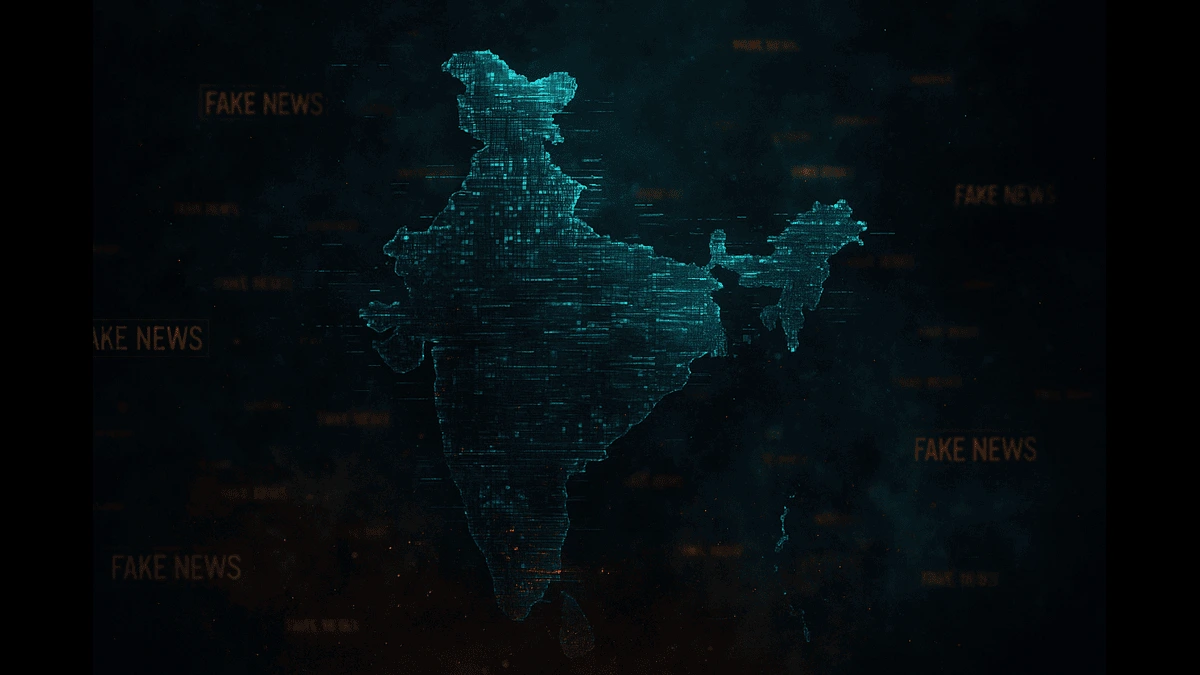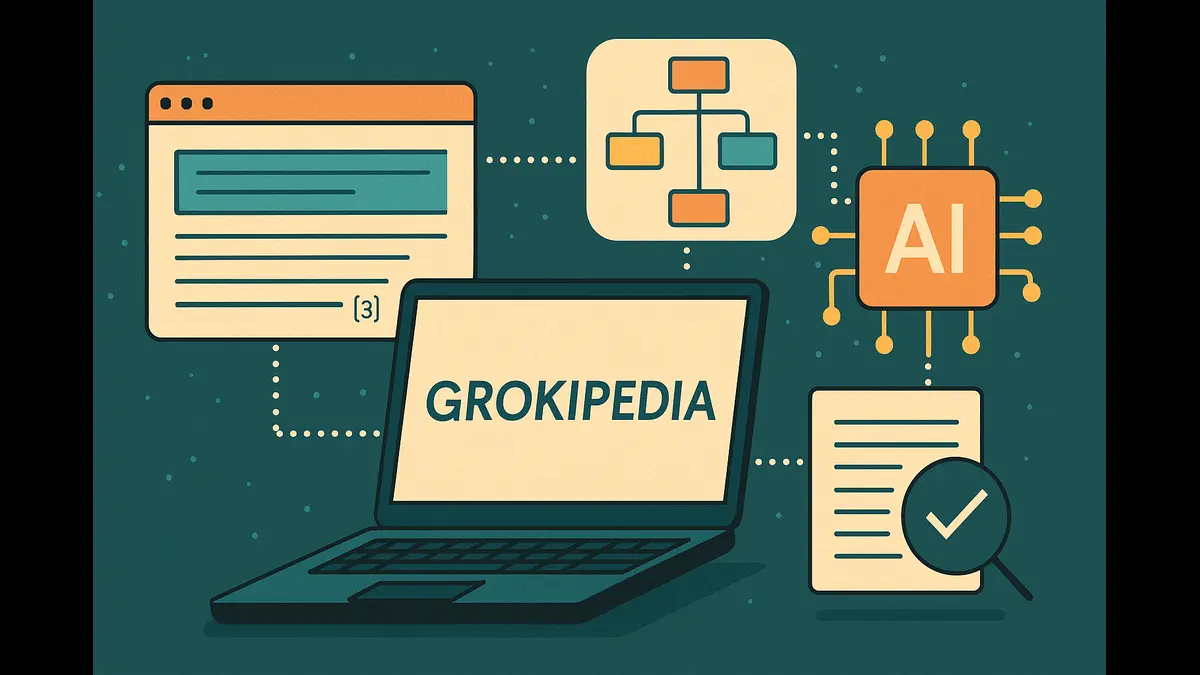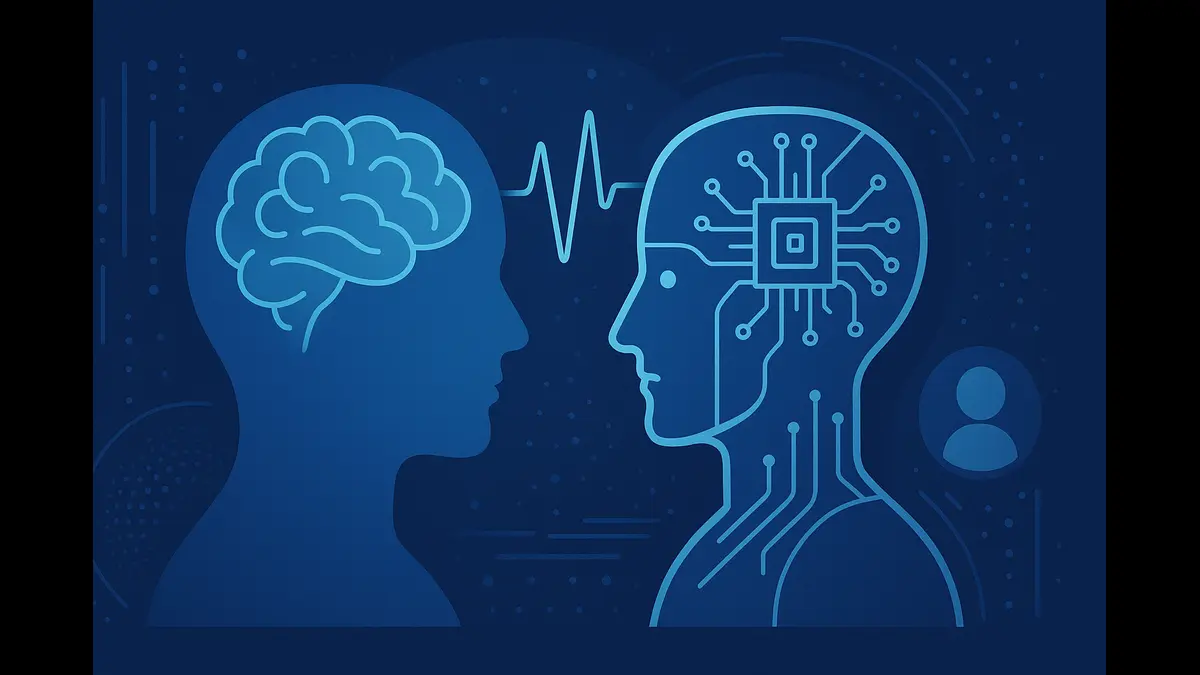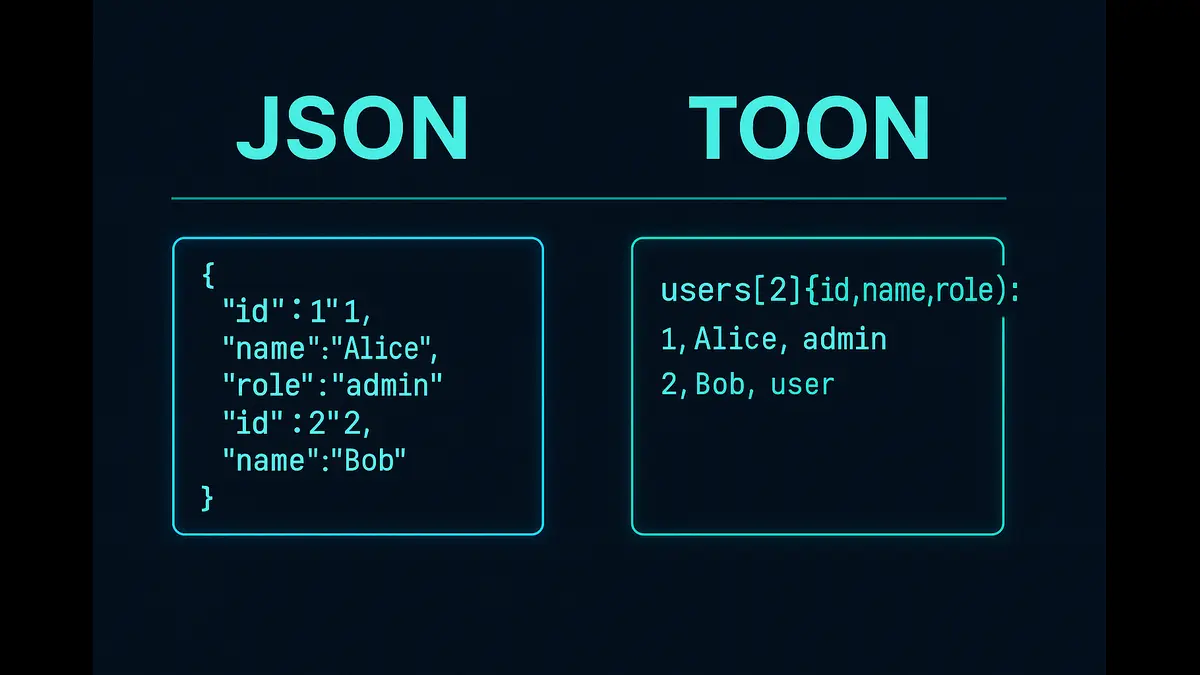
n 2025, the World Economic Forum named misinformation India’s top national threat. Fueled by deepfakes and bot factories, fake news is eroding trust in democracy. Urgent legal, technological, and global solutions are needed to fight back.
In an era where digital content spreads faster than ever, misinformation has emerged as India’s most pressing challenge. The World Economic Forum’s Global Risk Report 2025 identifies misinformation and disinformation as the top risk facing India, unique among 34 global risks assessed. With over 700 million internet users, India’s vast digital landscape has become a breeding ground for false narratives, threatening the integrity of the world’s largest democracy. This article explores the scale of India’s misinformation crisis, the role of deepfake technology, its societal impacts, and actionable solutions to combat this growing threat.
The Scale of India’s Misinformation Crisis
India’s digital ecosystem is immense, with 759 million internet users as of 2023, projected to grow to 900 million by 2027, according to Statista. This hyper-connected population, coupled with widespread smartphone access, has made India a hotspot for misinformation. The Reuters Institute Digital News Report 2024 notes that India accounts for 40% of globally tracked fake news instances, a staggering figure reflecting the country’s vulnerability. During the COVID-19 pandemic, fabricated cures, conspiracy theories, and fake lockdown alerts disrupted public trust and safety.
Misinformation thrives in areas like politics, public health, and social cohesion. Platforms such as WhatsApp, with over 530 million users in India, and Facebook, with 350 million, serve as high-speed conduits for false content. Unlike traditional media, these platforms lack robust gatekeeping, allowing misinformation to spread unchecked. The consequences are severe: manipulated narratives have incited communal violence, swayed electoral outcomes, and eroded trust in institutions.
Deepfakes: A New Frontier in Disinformation
At the heart of India’s misinformation challenge lies deepfake technology, which uses generative artificial intelligence (AI) to create hyper-realistic but fabricated videos, audio, and images. These tools can mimic public figures, producing fake speeches or actions that appear authentic. In India, deepfakes have been used to create fabricated political speeches, doctored protest videos, and misleading appeals from leaders, often with devastating effects.
For instance, during the 2024 Lok Sabha elections, deepfake videos of politicians surfaced on social media, amplifying divisive narratives. In some cases, these fakes triggered localized unrest or defamation lawsuits. Once viral, debunked content often persists in public memory, undermining trust. A 2023 study by the Indian Institute of Technology, Delhi, found that 60% of respondents struggled to distinguish deepfakes from authentic content, highlighting the technology’s deceptive power.
The Machinery Behind Misinformation
Modern misinformation is no longer the work of lone actors but a sophisticated, industrialized operation. Bot factories, often based in regions like Eastern Europe, produce automated content at scale. A 2024 report by the Observer Research Foundation revealed that disinformation campaigns can be purchased for as little as ₹16,000, targeting specific demographics through big data analytics. These campaigns often exploit India’s social fault lines and create a rhetoric of discrimination against minorities and propagates a narratives against the majoritarian populace.
Bot networks simulate engagement by posting, liking, and commenting, boosting the visibility of false content through algorithmic amplification. Anonymization tools like VPNs make these operations difficult to trace. The affordability and scalability of such services make them attractive to political operatives, corporate rivals, and ideological groups, creating a shadow economy of influence.
Societal Impacts of Misinformation
The ripple effects of misinformation in India are profound. In politics, fake narratives can sway voter perceptions, as seen in the 2019 elections when false stories spread rapidly on WhatsApp. In public health, misinformation about vaccines or treatments has led to hesitancy and non-compliance, hampering national health campaigns. Socially, manipulated content has fueled communal tensions, with fabricated videos sparking violence in states like Uttar Pradesh and West Bengal.
The psychological toll is equally concerning. Constant exposure to false information erodes public trust in media, institutions, and even interpersonal relationships. A 2024 Pew Research survey found that 65% of Indians feel overwhelmed by the volume of online information, with many unsure of what to believe. This “truth decay” threatens the democratic process, as informed decision-making becomes increasingly difficult.
Global Responses to Misinformation
Other nations have taken proactive steps to combat digital disinformation, offering lessons for India. The European Union’s Digital Services Act (DSA), implemented in 2022, mandates transparency from platforms, requiring them to disclose content moderation practices and invest in user safety. EU law enforcement has also targeted bot infrastructure, dismantling hubs in countries like Romania and Ukraine.
In the United States, draft legislation like the AI Transparency Act of 2024 requires platforms to label AI-generated content. Tech giants such as Google and Meta have deployed AI-driven detection tools to flag deepfakes in real time, achieving up to 85% accuracy in controlled tests. These measures, while imperfect, demonstrate the value of combining regulation, technology, and enforcement.
A Roadmap for India
India’s unique scale, linguistic diversity, and socio-cultural complexity demand a tailored approach to tackle misinformation. A multi-pronged strategy involving regulation, education, technology, and global cooperation is essential.
Strengthening Legal Frameworks
India’s current laws, such as the Information Technology Act, 2000, lack specificity for addressing deepfakes and bot-driven disinformation. A dedicated Digital Misinformation Act could criminalize malicious deepfake creation and impose liability on bot operators. Drawing from the EU’s Code of Practice on Disinformation, this law should mandate transparency from platforms and empower agencies to act swiftly. Fines for non-compliance, as seen in the DSA’s 6% of global revenue penalty, could ensure accountability.
Promoting Media Literacy
Education is a long-term defense against misinformation. Integrating media literacy into school curricula can equip young Indians with skills to verify sources, spot manipulations, and understand algorithms. The government, in partnership with civil society, should launch nationwide campaigns to promote critical thinking. For example, Kerala’s “Satyameva Jayate” initiative, which trains students to fact-check, could be scaled nationally.
Leveraging Technology
AI can be a powerful ally in combating misinformation. Real-time fact-checking tools, deepfake detection algorithms, and blockchain-based content verification systems can act as digital safeguards. Indian startups like Logically and Boom FactCheck are already developing such tools, but open-sourcing them could empower journalists and communities. Collaboration with global tech firms like Microsoft, which has invested $1 billion in AI detection, could accelerate progress.
Building Global Coalitions
Misinformation is a borderless threat requiring international cooperation. India should join or initiate cross-border coalitions to track and dismantle bot networks. The United Nations could facilitate joint intelligence efforts, creating databases of disinformation actors and enabling legal reciprocity. India’s leadership in the Global South positions it to spearhead such initiatives.
Holding Platforms Accountable
Social media platforms must move beyond reactive measures. Mandating algorithmic transparency, independent audits, and clear labeling of AI-generated content is critical. Platforms should also improve response times to user-reported misinformation and publish regular transparency reports, as Meta did in 2024, removing 20 million pieces of false content in India alone.
The Role of Stakeholders
Combating misinformation requires collective action:
Government: Enact robust laws, fund media literacy, and lead global coalitions.
Civil Society and Academia: Develop educational resources and awareness campaigns.
Tech Platforms: Invest in detection tools, ensure transparency, and prioritize user safety.
Individuals: Verify information before sharing, report suspicious content, and stay informed.
India’s misinformation crisis, driven by deepfakes and bot networks, poses a grave threat to its indigenous social fabric. With 40% of global fake news instances and a hyper-connected population, the stakes are high. Yet, India has the opportunity to lead the world in addressing this challenge. By combining stringent laws, widespread education, innovative technology, and global cooperation, the nation can rebuild trust in its digital ecosystem.
The fight against misinformation is not just about countering lies—it’s about protecting the truth that underpins democracy. As India navigates this invisible war, every citizen has a role to play. By choosing to verify, question, and act responsibly, we can ensure that reality prevails in the digital age.
Discover more from Poniak Times
Subscribe to get the latest posts sent to your email.







